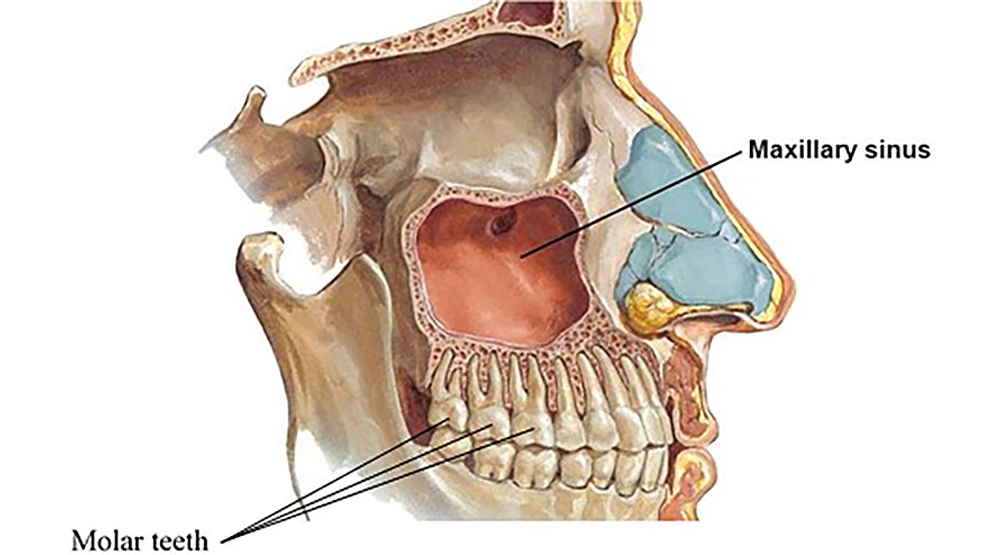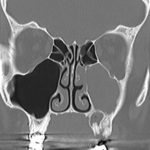
Sinus infections, or sinusitis, are so common that many of the telltale signs are recognizable: congestion, postnasal drip, facial pain and tenderness, sore throat, fatigue, and fever. But many people also experience teeth pain. We’ll explore the connection between sinus infection and toothache, and take a look at some rare complications from sinus infection.
What’s the Connection Between Sinus Infection and Toothache?
Toothache or tooth pain from a sinus infection is actually fairly common. Your sinuses are air-filled pockets in the face; there are four pairs, located near your eyes, forehead, and behind the cheekbones. When they’re working properly, their primary function is to produce mucus, which moistens the nose, protecting it from irritants and germs. When the sinuses become blocked, trapped germs can lead to infection.
Once infected, the blocked sinuses may swell and cause pressure in the face. A sinus infection can cause toothache because the swelling and build-up of mucus inside the sinuses may put pressure on nerves running to the roots of the teeth.
There are four pairs of what are called “paranasal sinuses”, or sinuses around the nose.
They are the:
- Maxillary sinuses: located in the cheek,
- Ethmoid sinuses: located between the eyes, on each side of the nose,
- Frontal sinuses: located on either side of the forehead, and
- Sphenoid sinuses: located behind the ethmoid sinuses.
Generally, tooth pain associated with sinus infection is felt only in the top, rear teeth (your maxillary teeth) because the roots of these teeth and jawbone are closest to the maxillary sinuses. Although it can feel like a “toothache”, it is actually what doctors call “referred pain”, as the cause is not in the teeth themselves, but comes from the sinus pressure.
What does a Sinus Pressure in Teeth Feel Like?
Sinus Pressure in Teeth
A sinus toothache will often feel much like the pressure of other areas experiencing discomfort in the sinuses. It may even be a throbbing, intense pain, because of the pressure on the nerves to the teeth. Typically, tooth pain due to sinus infection is not severe, although it can be a constant ache causing a great deal of discomfort.
How Can I Tell the Difference Between Sinus Tooth Pain and a Real Toothache?
There are ways to tell the difference between sinus tooth pain and a genuine toothache.
Sinus tooth pain is usually:
- Continuous pressure or discomfort;
- Isolated in the maxillary teeth (upper, back molars);
- Accompanied by other symptoms of sinus infection (congestion, cough, ear pressure; postnasal drip, facial pressure, fever, fatigue, headache, etc.);
- Increased when bending down, moving the head, or standing.
Although sinus toothache is typically only present in the upper molars, an infection that lasts a long time can cause referred pain to travel to the lower teeth as well.
Tooth pain or toothache with a dental cause may be:
- Focused on only a single tooth;
- Sharp or causing sensitivity when biting hard, hot, or cold food;
- More severe pain than the pressure of a sinus toothache; and
- Progressively uncomfortable or painful,
If you have upper molar pain or discomfort, and a dentist has ruled out dental causes, it may be a good idea to consult with a physician to determine if the problem could be in your sinuses.














Leave a Reply